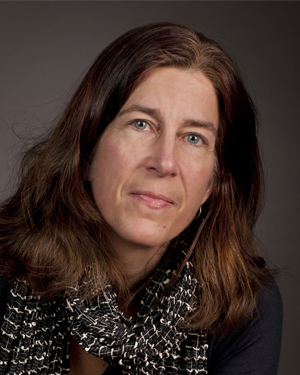Sheila Kennedy FAIA (2010)
FUTURE FORECAST: Scattered Fabrications with a Chance of Agency
Back to WID Award of Excellence recipients.
Biography
Sheila Kennedy received her Bachelor's Degree in history, philosophy and literature from the College of Letters at Wesleyan University. Kennedy studied architecture at the Ecole National Supérieure des Beaux Arts in Paris and received the Masters of Architecture from the Graduate School of Design at Harvard University where she won the SOM National Traveling Fellowship and was graduated with Distinction, the School's highest academic honor. In 1990, she founded Kennedy & Violich Architecture (KVA MATx) in partnership with Juan Frano Violich. As an Associate Professor at Harvard's GSD, Kennedy was Director of the M Arch II Program from 1991-1995 and is Professor of the Practice of Architecture at MIT.
Full Biography
Sheila Kennedy FAIA
President, Kennedy & Violich Architecture, Ltd.
Women in Design Award of Excellence, 2010 winner
The practice of architecture at KVA Matx seeks to link possible realities with their potential to transform specific conditions of the present. Architecture formulates a vision for how things could be in the future, then creates a set of plans and instructions for getting there from the present. Our practice at KVA MATx remains committed to explore the idea of agency in architecture. By agency, I mean the capacity, condition, or state of acting on or exerting power through the specific skill sets of the architect. Architecture may be designed to advance change within institutions assumed to be ‘given’, to create new cultural ideas, to shift people’s perceptions and propose new ways to get things done.
As Architects we need to continually invent strategies for relevancy without giving up the realm of architecture’s unique areas of creative expertise. KVA’s materials research division MATX was created for projects of architecture that have the ability to move between the future and the present to transform the discipline from within. We need a formulation of research within practice with a continuum between core disciplinary knowledge and applied research, where one leads back to the other. This requires the architect to scrutinize the problems of the present in more detail, without compromising her or his ability to imagine alternative futures. What do we want to achieve? What can we do right now, with what we already have? How can this help create better futures?

